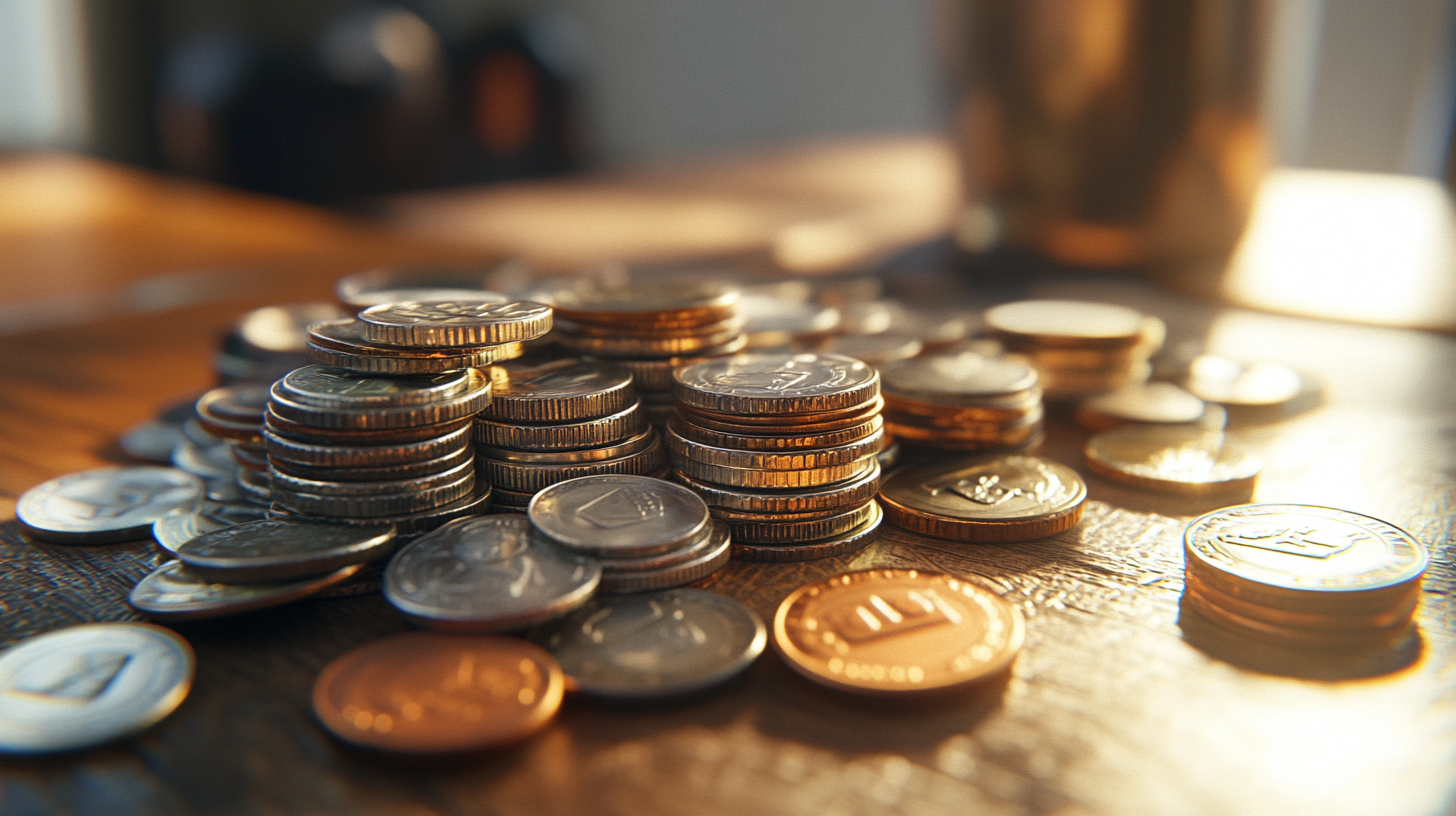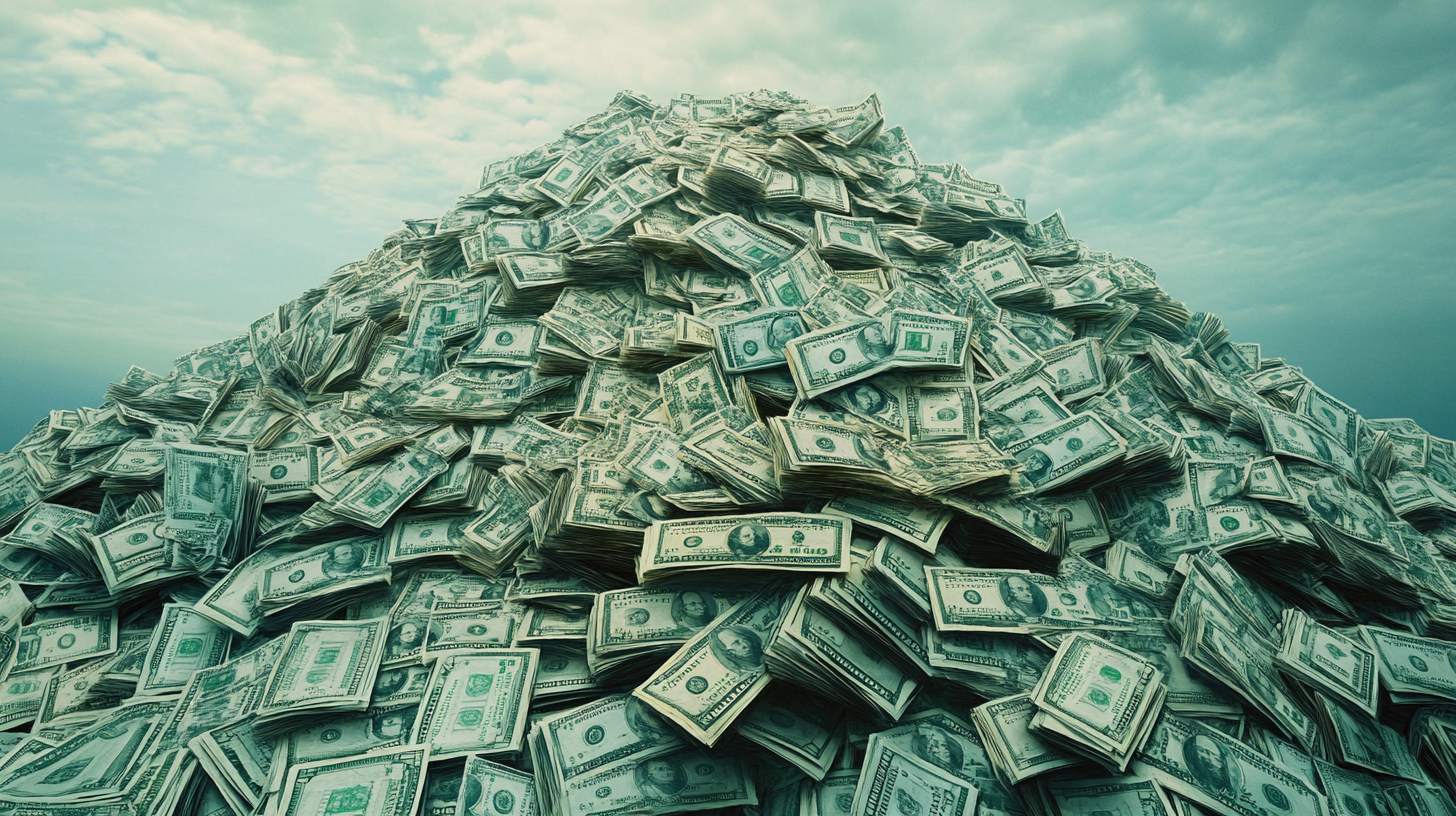This article was written by our expert who is surveying the industry and constantly updating the business plan for an ice cream shop.

Understanding the payback period for an ice cream shop is crucial for making informed investment decisions and planning your business venture effectively.
This comprehensive analysis covers all financial aspects from initial investment requirements to monthly operational costs, helping you determine exactly when your ice cream shop will become profitable. The payback period typically ranges from 3 to 8 years depending on location, initial investment, and operational efficiency.
If you want to dig deeper and learn more, you can download our business plan for an ice cream shop. Also, before launching, get all the profit, revenue, and cost breakdowns you need for complete clarity with our ice cream shop financial forecast.
The payback period for an ice cream shop depends on initial investment, monthly profitability, and market conditions.
Most ice cream shops require 4-8 years to recover their initial investment through net profits, with seasonal variations significantly impacting cash flow.
| Financial Metric | Typical Range | Key Details |
|---|---|---|
| Initial Investment | $52,600 - $238,900 | Includes equipment, renovations, licenses, inventory, and 3-6 months working capital |
| Monthly Fixed Costs | $8,000 - $28,000 | Rent, payroll, insurance, utilities vary by location and shop size |
| Variable Cost per Unit | $1.30 - $2.00 | Ingredients, packaging, payment processing fees per serving |
| Average Selling Price | $3.50 - $5.00 | Per scoop/cup varies by market positioning and location |
| Monthly Sales Volume | 1,200 - 4,500 units | Seasonal peaks can double baseline volumes during summer months |
| Gross Profit Margin | 60% - 65% | After deducting variable costs from selling price |
| Payback Period | 4 - 8 years | Time to recover initial investment from net profits |

What is the total initial investment required to open an ice cream shop?
The total initial investment for an ice cream shop ranges from $52,600 to $238,900, with most mid-range locations requiring around $120,000 to get started.
Your lease deposit and first month's rent will cost between $3,000 and $12,000, depending on your location and shop size. Urban locations typically demand higher deposits, while suburban areas offer more affordable entry points.
Equipment and appliances represent the largest expense category, ranging from $16,000 to $51,000. This includes essential items like commercial freezers, ice cream machines, display cases, and refrigeration units. Higher-end equipment costs more upfront but often provides better reliability and energy efficiency.
Renovations and fit-out costs vary dramatically from $5,000 for basic improvements to $50,000 for premium locations. The scope depends on your space's current condition and your desired aesthetic. Working capital of $15,000 to $75,000 covers your first 3-6 months of operations before you achieve positive cash flow.
What are the expected monthly fixed costs for an ice cream shop?
Monthly fixed costs for ice cream shops typically range from $8,000 for small operations to $28,000 for medium-sized shops in prime locations.
Rent represents your largest fixed expense, ranging from $2,500 in suburban areas to $7,000 in high-traffic urban locations. The cost varies significantly based on square footage, with most successful shops operating between 400 and 1,500 square feet.
Payroll costs account for 25-40% of your monthly expenses, typically ranging from $3,000 to $9,000 per month. This covers basic staffing needs including part-time employees for peak hours and seasonal workers during summer months.
Insurance costs between $500 and $1,000 monthly, while utilities range from $400 to $1,200 depending on your equipment's energy requirements and local rates. Additional fixed costs include marketing ($500-$2,000), software subscriptions, and loan payments if applicable.
What are the estimated variable costs per unit sold?
Variable costs per serving range from $1.30 to $2.00, with ingredients representing the largest component at $0.90 to $1.50 per serving.
| Cost Component | Cost Range | Details |
|---|---|---|
| Ingredients | $0.90 - $1.50 | Cream, milk, sugar, flavoring agents, and stabilizers per serving |
| Packaging | $0.20 - $0.35 | Cups, cones, spoons, napkins, and branded materials |
| Payment Processing | $0.10 - $0.25 | Credit card fees, POS system charges per transaction |
| Additional Variable | $0.10 - $0.25 | Toppings, sauces, variable labor costs per sale |
| Premium Ingredients | +$0.30 - $0.50 | Organic, artisanal, or specialty flavor additions |
| Seasonal Variations | ±10% - 20% | Ingredient price fluctuations throughout the year |
| Total Variable Cost | $1.30 - $2.00 | Combined cost per serving sold to customers |
What is the projected average selling price per unit?
The average selling price per serving ranges from $3.50 to $5.00, with most successful ice cream shops pricing around $4.00 per scoop.
Premium locations and artisanal shops can command higher prices up to $6.00 per serving, especially for specialty flavors or organic offerings. Urban markets typically support higher pricing due to increased foot traffic and higher disposable income levels.
Seasonal pricing strategies can boost revenue, with many shops increasing prices by 10-15% during peak summer months. Bundle pricing for multiple scoops, family sizes, or combo deals with toppings can increase average transaction values significantly.
Market positioning plays a crucial role in pricing power. Shops focusing on premium ingredients, unique flavors, or experiential elements can justify higher prices than traditional value-oriented competitors.
What is the realistic monthly sales volume for an ice cream shop?
Realistic monthly sales volumes range from 1,200 servings for modest shops to 4,500 servings for popular mid-market locations.
Small neighborhood shops typically serve 40-80 customers per day, translating to 1,200-2,400 servings monthly. These locations rely primarily on local repeat customers and have lower overhead costs to match their volume.
Popular mid-market shops in high-traffic areas serve 100-150 customers daily, achieving 3,000-4,500 monthly servings. These locations benefit from foot traffic, tourist customers, and higher visibility.
Seasonal fluctuations dramatically impact sales volumes, with summer peaks often doubling off-season baseline numbers. Winter months can see volumes drop by 30-50%, making cash flow management critical for year-round operations.
You'll find detailed market insights in our ice cream shop business plan, updated every quarter.
What is the gross profit margin per unit once variable costs are deducted?
The typical gross profit margin per unit ranges from 60% to 65% after deducting all variable costs from the selling price.
Using a standard example: with a $4.00 selling price and $1.50 in variable costs, your gross profit equals $2.50 per unit, representing a 62.5% margin. This healthy margin provides room to cover fixed costs and generate net profit.
Premium positioning can improve margins to 70% or higher, while value-oriented strategies may compress margins to 55-60%. The key is finding the right balance between volume and margin that maximizes total gross profit dollars.
Efficient operations and strategic sourcing can improve margins by 5-10 percentage points through reduced ingredient costs and optimized portion control. Regular menu engineering helps identify your most profitable items for promotional focus.
What is the break-even sales volume required each month?
The break-even sales volume depends on your fixed costs and unit economics, typically ranging from 3,200 to 11,200 units monthly.
For a shop with $10,000 monthly fixed costs, $1.50 variable costs, and $4.00 selling price, the break-even point is 4,000 units per month. This calculation uses the formula: Fixed Costs ÷ (Selling Price - Variable Costs) = Break-even Units.
Higher fixed cost locations require proportionally higher sales volumes to break even. A premium location with $20,000 monthly fixed costs would need 8,000 units monthly to break even using the same unit economics.
Seasonal businesses must achieve break-even during peak months to sustain operations through slower periods. Many successful shops target 150-200% of break-even during summer to build cash reserves for winter months.
What is the expected monthly net profit after all expenses?
Expected monthly net profit typically ranges from $1,000 to $5,000 for most ice cream shops, depending on sales volume and cost management.
Using a realistic scenario: 4,500 units monthly at $4.00 each generates $18,000 gross revenue. After $6,750 in variable costs (4,500 × $1.50) and $10,000 in fixed costs, net profit before taxes equals $1,250 monthly.
Higher-volume shops can achieve $3,000-$5,000 monthly profits by serving 6,000-8,000 units while maintaining cost discipline. Premium locations with higher prices can reach similar profit levels with lower unit volumes.
Seasonal variations create wide profit swings, with summer months potentially generating $5,000-$10,000 monthly while winter months may break even or show small losses. Annual profitability depends on accumulating sufficient summer profits to offset slower periods.
This is one of the strategies explained in our ice cream shop business plan.
How many months of operations will it take to recover the total initial investment?
The payback period for ice cream shops typically ranges from 48 to 96 months (4 to 8 years), depending on initial investment size and monthly profitability.
For a mid-range investment of $120,000 with monthly net profits of $1,250, the simple payback period is 96 months or 8 years. Higher profitability can significantly reduce this timeline, with monthly profits of $2,500 cutting the payback to 48 months.
Shops with lower initial investments ($60,000-$80,000) and strong profitability can achieve payback in 3-4 years. Conversely, premium locations with high startup costs may require 6-10 years for full cost recovery.
The calculation doesn't account for time value of money or reinvestment needs. Many successful operators reinvest profits for equipment upgrades, marketing, or expansion, extending the actual payback period but building long-term value.
What external factors could accelerate or delay the payback period?
Seasonality, market trends, and competition represent the primary external factors affecting payback timelines for ice cream shops.
- Summer weather patterns can increase sales by 100-200% during hot months, while mild summers reduce peak season revenue significantly
- Economic conditions affect discretionary spending, with recessions potentially reducing sales by 20-30% as customers cut non-essential purchases
- Local competition impacts market share, with new entrants or aggressive pricing potentially reducing your sales volume by 15-40%
- Tourism patterns affect shops in tourist areas, where visitor fluctuations can swing monthly sales by 50% or more
- Health trends toward premium, organic, or specialized products can boost margins by 10-20% for well-positioned shops
- Regulatory changes affecting food service, labor laws, or health codes can increase operating costs unexpectedly
- Supply chain disruptions can increase ingredient costs by 15-30%, compressing margins until prices adjust
What financing options are available and how do they affect payback timeline?
Financing options include bank loans, SBA loans, equipment financing, and investor equity, each impacting your payback timeline differently.
| Financing Type | Terms | Impact on Payback |
|---|---|---|
| Bank Loans | 3-7 years, 6-12% APR | Monthly payments increase fixed costs, extending payback by 12-24 months typically |
| SBA Loans | 5-10 years, 4-8% APR | Lower rates reduce payment burden, minimal impact on payback timeline |
| Equipment Financing | 3-5 years, 8-15% APR | Preserves working capital but adds monthly obligations, moderate payback impact |
| Investor Equity | Profit sharing | No monthly payments but reduces net profit available for payback calculation |
| Personal Investment | No repayment | Fastest payback since all profits contribute to cost recovery |
| Lease Options | Varies by asset | Lower upfront costs but higher long-term expenses, mixed payback impact |
| Revenue-Based | % of sales | Scales with performance, moderate impact during growth phases |
What sensitivity scenarios should be analyzed to test payback period robustness?
Critical sensitivity scenarios include sales volume variations, cost increases, and pricing adjustments to stress-test your financial projections.
A 20% reduction in sales volume can double your payback period if fixed costs remain constant. For example, dropping from 4,500 to 3,600 monthly units reduces gross profit by $2,250, potentially turning profitable operations into break-even scenarios.
Ingredient cost increases of 15-25% can compress margins by 5-10 percentage points, adding 12-24 months to payback timelines. Testing scenarios with dairy price spikes helps prepare for supply chain volatility.
Price sensitivity testing shows that $0.50 increases can improve margins by 10-15% if volume drops less than 10%. Conversely, aggressive pricing cuts may increase volume but reduce absolute profit dollars available for cost recovery.
We cover this exact topic in the ice cream shop business plan.
Conclusion
This article is for informational purposes only and should not be considered financial advice. Readers are encouraged to consult with a qualified professional before making any investment decisions. We accept no liability for any actions taken based on the information provided.
Understanding the payback period for your ice cream shop requires careful analysis of all financial variables and market conditions.
Success depends on balancing initial investment, operational efficiency, pricing strategy, and adapting to seasonal demand patterns that define the ice cream industry.
Sources
- Dojo Business - How Much Cost Open an Ice Cream Shop
- FinModelsLab - Ice Cream Parlor Startup Costs
- Dojo Business - Monthly Income Ice Cream Shop
- Business Plan Templates - Ice Cream Shop Running Costs
- Serif AI - How to Start an Ice Cream Business 2025 Guide
- FinModelsLab - Boutique Ice Cream Shop Operating Costs
- FinModelsLab - Ice Cream Shop Operating Costs
- Dojo Business - Ice Cream Shop Visitors Profitability
- Finamac - How to Set Competitive Prices for Your Ice Cream
- IMARC Group - Ice Cream Parlor Business Plan Project Report






